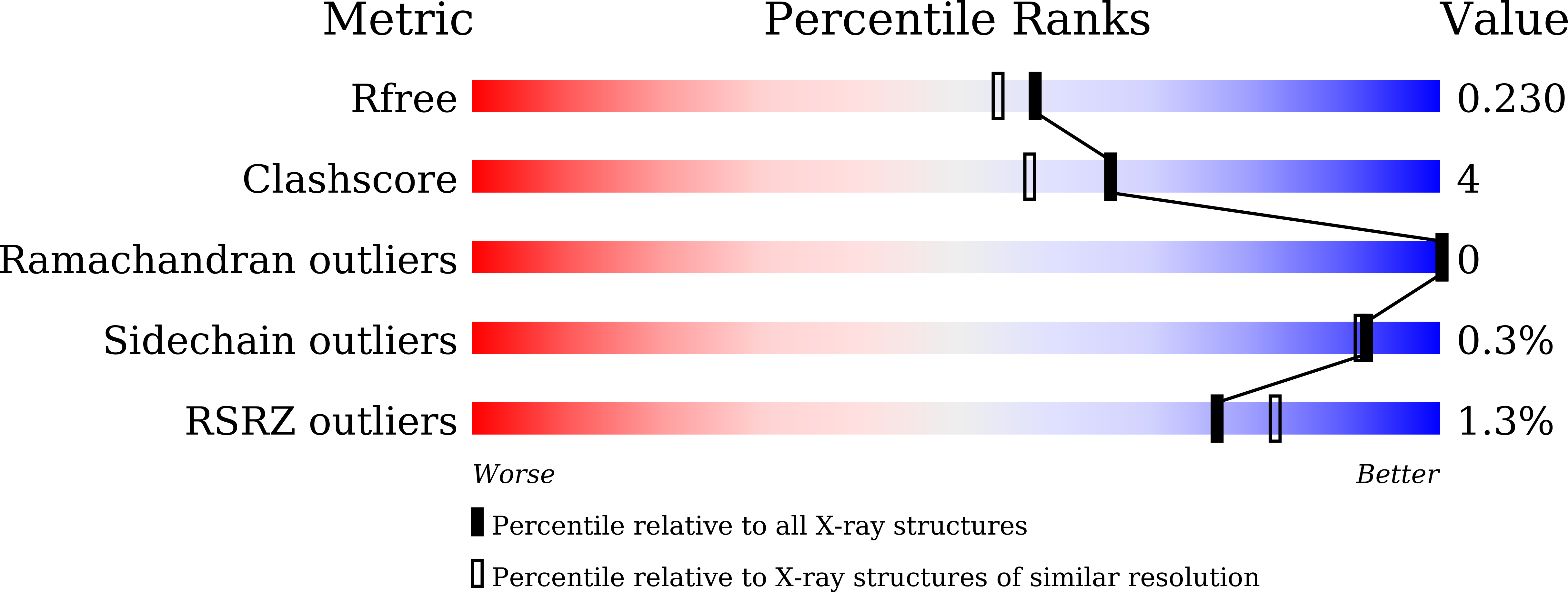
Deposition Date
2022-12-10
Release Date
2023-12-13
Last Version Date
2024-11-06
Entry Detail
PDB ID:
8HOR
Keywords:
Title:
Crystal structure of the P450 BM3 heme domain mutant F87A in complex with Im-C6-Phe(4CH3)-Tyr
Biological Source:
Source Organism:
Priestia megaterium (Taxon ID: 1404)
synthetic construct (Taxon ID: 32630)
synthetic construct (Taxon ID: 32630)
Host Organism:
Method Details:
Experimental Method:
Resolution:
1.95 Å
R-Value Free:
0.23
R-Value Work:
0.21
R-Value Observed:
0.21
Space Group:
P 1 21 1


